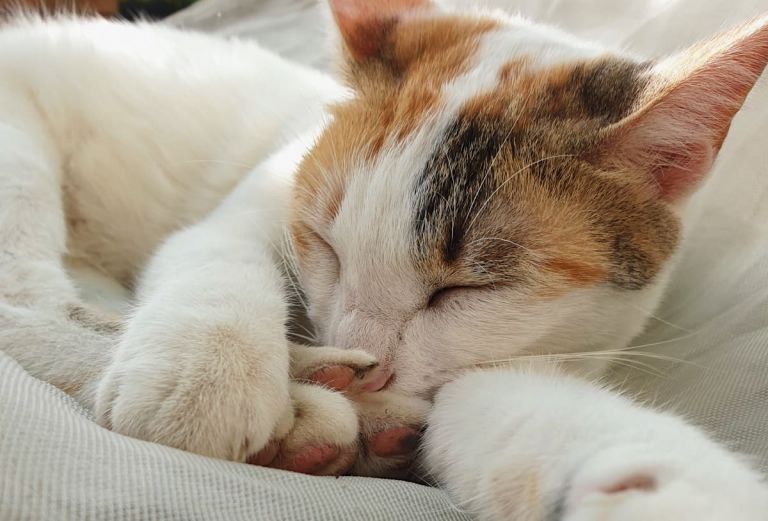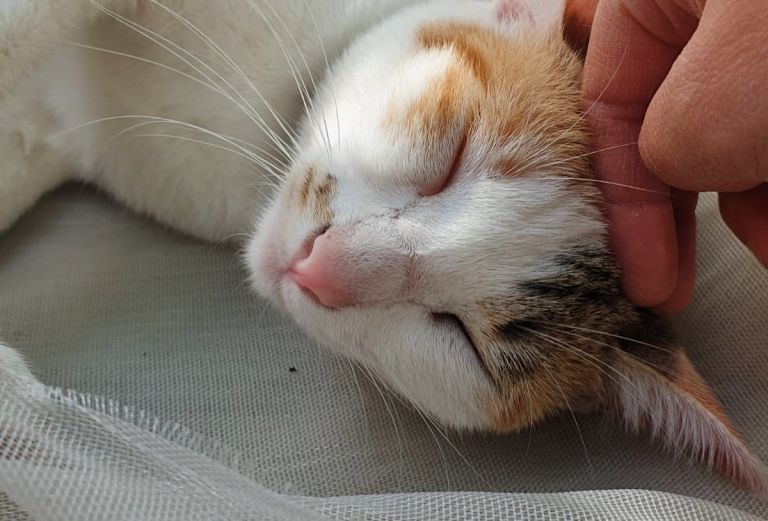
Written by Jamie Atwell, garden volunteer.
Eagle-eyed visitors to Fulham Palace over the last few weeks will have spotted that our resident mouser Edmund has a new feline friend, Pam. This is not, as some may think, a shortened version of Pamela but rather a shortened version of Pamunkey – a native American tribe with links to the garden here at Fulham Palace. ‘How so?’ you may ask.
We must go back a bit.
Henry Compton was Bishop of London from 1675 to 1713. He had a notable career, being for example one the “Glorious Seven” who signed a letter to Prince William of Orange and his wife Mary imploring them to seize the throne from James II (who was Mary’s father). For present purposes though, it is Compton’s keen interest in botany that is our focus. During Compton’s time, the Bishop of London was also responsible for the spiritual welfare of Britain’s overseas territories, appointing ministers to travel abroad to that end. Given his passion for botany Compton, whenever possible, sought to appoint candidates who shared his interest and who would be able to send back to Fulham seeds and specimens to be grown here. The most important appointee was the Reverend John Banister who was sent to Virginia in north America.

Banister was assiduous in his role as collector, sending back to Compton many seeds and specimens. Among those was the swamp bay (Magnolia virginiana) which meant that Compton was able to propagate that here at Fulham for the very first time in Europe.
Banister did not do all his collecting alone. We know from his letters to Compton and others back in the UK that he sought help from native American tribes – who helped him find specimens and told him what the plants were used for. The Pamunkey were one of the closest groups, whose village was at the junction of the Pamunkey and Mattaponi rivers at the head of what is now called the York River. An area easily reached from Banister’s base at Jamestown by the Falls of the James River.
Located to the south and east of the walled garden here at Fulham are the Compton beds, created by head gardener Lucy Hart and her team. There you will find plants that were collected and propagated by Compton, including Magnolia virginiana.
Pam has been named so as to recognise the rarely acknowledged native people who helped collectors fulfil the desire for exotic plants. Incidentally, and like the plants in the Compton beds, Pam has overseas origins. In Pam’s case, starting out life in Saudi Arabia. But that is a story for another time…
Today, Pam can be found adventuring throughout the grounds of Fulham Palace. Our grounds are open from dawn – dusk and is free to visit.
